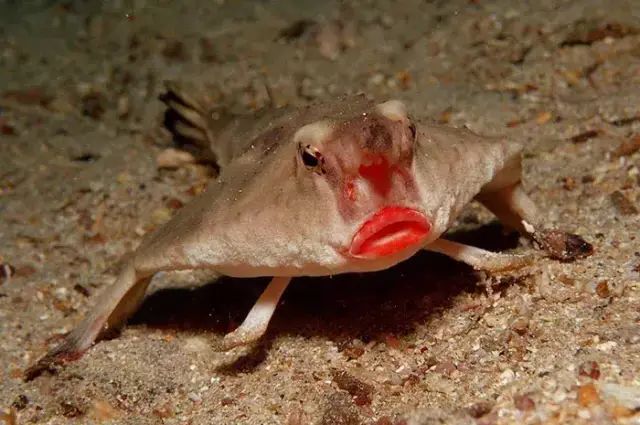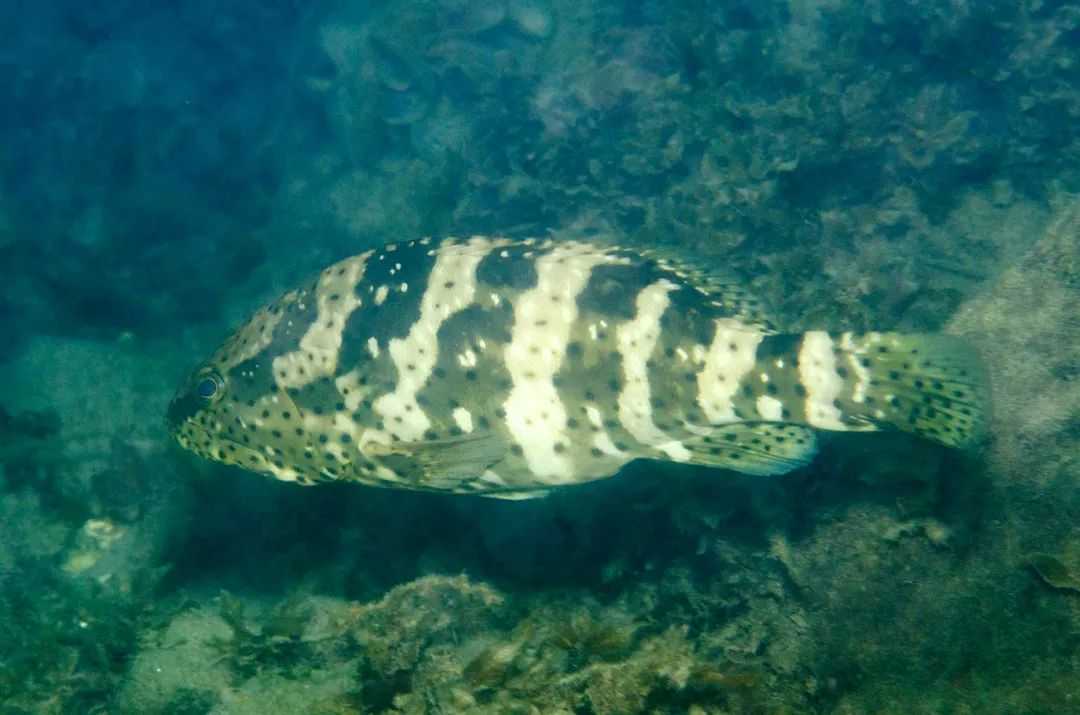The red-lipped batfish trades traditional swimming for a distinctive walking motion, thanks to pectoral fins that have evolved into limb-like structures. These fins, combined with pelvic fins, allow it to propel itself across sandy or rocky seabeds with surprising agility. Its flattened body and downward-facing mouth further adapt it to a bottom-dwelling lifestyle, where it hunts for small crustaceans, mollusks, and worms. The species’ most striking feature is its vibrant red lips, thought to play a role in mating displays or as a form of camouflage among red algae. Though capable of short bursts of swimming, it prefers walking—a strategy that conserves energy in its nutrient-sparse habitat.
Endemic to the Galapagos, this batfish thrives in shallow coastal waters, often near coral reefs or volcanic formations. Its existence provides insights into evolutionary biology, demonstrating how species can abandon swimming (a common trait in fish) for an entirely new mode of movement. While not currently listed as endangered, the red-lipped batfish faces threats from climate change (ocean acidification and warming), as well as accidental entanglement in fishing gear. The Galapagos Marine Reserve, a protected area, helps safeguard its habitat, but researchers emphasize the need for continued monitoring to ensure the species’ survival.
For marine biologists, the walking fish of the Galapagos is a living testament to the archipelago’s role as a "living laboratory" of evolution. Its ability to reimagine locomotion challenges assumptions about fish behavior, proving that in nature’s most isolated corners, survival often hinges on the most unexpected adaptations. As the Galapagos continues to inspire scientific discovery, this walking wonder serves as a reminder that even in the ocean’s depths, life finds extraordinary ways to thrive.










